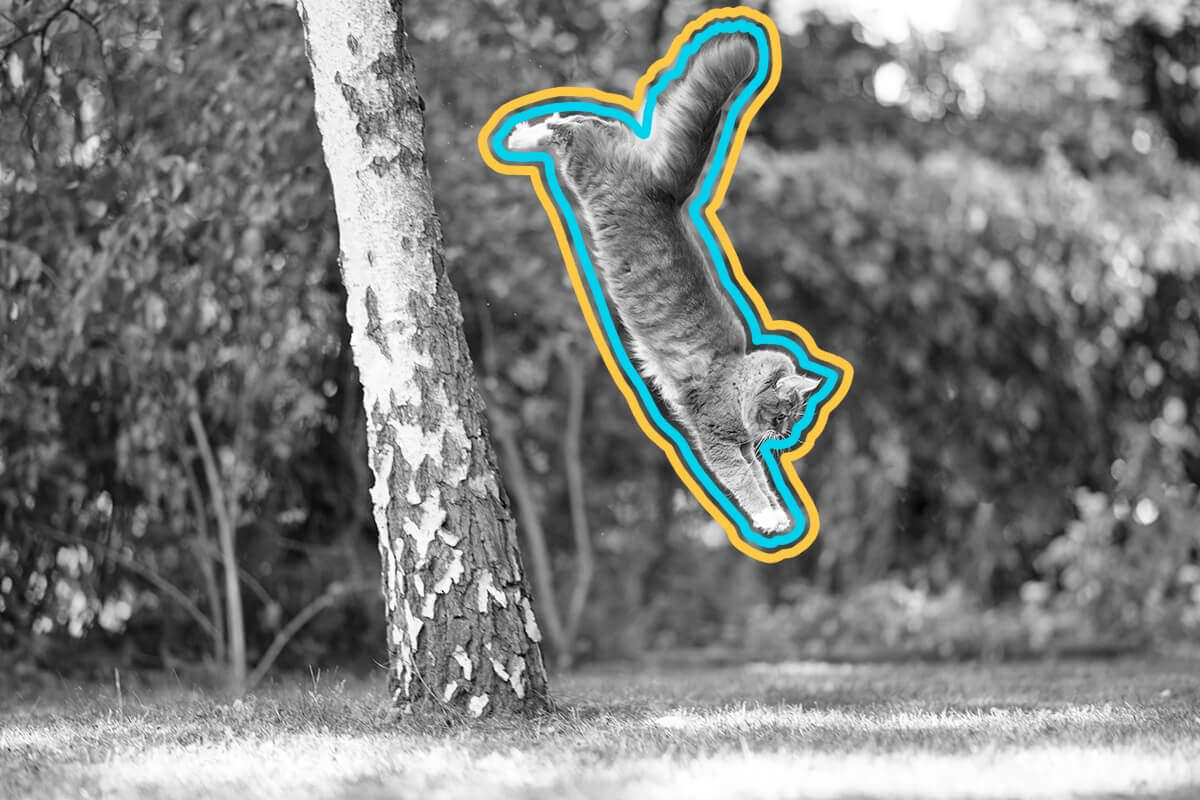

Cats have strange habits that defy easy explanation. No matter how much water you put out for your kitty in his own fancy bowl, he’ll insist on drinking from a faucet. Despite buying Princess (or Luna, or Bella) a steady supply of expensive toys, she still prefers the shipping boxes they came in. Scientists have tried to get to the bottom of some of these bewildering behaviors. Let’s take a look at what they’ve found.
Why Do Cats Purr?

Purring is a specialty among cats in the subfamily Felinae, which includes domestic cats (Felis catus) as well as lynxes, bobcats, and other small wild cats. In these species, a bone in the throat called the hyoid is fixed in position; in non-purring cats like lions and jaguars, the hyoid is somewhat flexible. This difference suggests the bone has something to do with purring, but scientists are still debating the mechanism behind it. One theory holds that laryngeal muscles can rapidly open and close around the vocal cords, resulting in a purr.
Cats purr for several reasons: when they are content, want food, feel nervous, or are in pain. Experts say cats also purr just after they give birth or when they’re injured or sick, leading bioacoustician Elizabeth von Muggenthaler to suggest that purring might be a way for a cat to heal itself.
Why Does Catnip Make Cats High?

About 70% of cats are susceptible to the intoxicating effects of nepetalactone, the active compound in catnip. One whiff and these kitties are temporarily reduced to drooling, meowing messes, often rolling around in or rubbing their faces on the catnip source. That’s because nepetalactone is a volatile organic molecule that binds to receptors in a cat’s nose, stimulating neurons that activate the olfactory bulb, amygdala, hypothalamus, and other areas of the brain, causing a euphoric effect. The buzz seems to wear off after 10 or 15 minutes, leaving cats extremely chill thereafter.
Why Do Cats Love Boxes?

Not just boxes — cats will gladly jump into an open suitcase, storage bin, paper bag, or even a square-shaped optical illusion painted on the floor. Cats have an instinct to hide, and boxes offer a semi-enclosed space where they can huddle into a corner and have a good vantage point for spotting danger. Boxes also present a cozy spot to curl up for a nap. In the past decade, a few researchers have looked into how cats seem to squeeze themselves into uncomfortable or too-small containers. One 2014 paper even asked if cats were actually liquids since they appear to adapt their shape to fill a container. More research is needed.
Why Do Cats Knead?

A nursing kitten often presses its mom’s belly with its front paws; this kneading action stimulates the flow of milk. But many full-grown cats continue the behavior, “making biscuits” on pillows, soft blankets, towels, or their owners. Veterinarians think adult cats knead when they’re feeling safe and relaxed and to show affection to humans and other cats. The act of kneading can also calm cats, like a form of feline self-care. Making biscuits may also be a sign that a cat is marking its territory with the scent glands located between its toes.
Why Do Cats Drink Out of Faucets When Their Water Bowl Is Right There?

You take great care in providing fresh, filtered water to your finicky feline. But they still prefer to perch on the bathroom sink and awkwardly drink from the faucet. The reason might be linked to domestic cats’ evolution from their desert-dwelling ancestors. According to veterinarian Marty Becker, cats may sense that still water is stagnant and unhealthy. Kneeling down at a water bowl to drink might make them feel vulnerable, especially if they can’t see other cats or people behind them. Running water might signal a fresher source of hydration, and the sound and movement of a dripping faucet may pique their interest. On the other hand, your cat might simply prefer the taste of the dripping tap, or just doesn’t like the water bowl you picked out. To keep your cat out of the sink or bathtub (and save water), try a recirculating fountain.
Why Do Cats Typically Land on Their Feet?

In his book Falling Felines and Fundamental Physics, Gregory J. Gbur suggests that falling cats land on their feet due to a combination of four movements identified by earlier physicists: pulling in paws to rotate its body, tweaking its momentum by extending paws at certain moments, bending at the waist to counter-rotate the front and hind sections of its body, and rotating its tail to change direction. The key movement, he told Ars Technica, is the “bend and twist”: “The cat bends at the waist and counter-rotates the upper and lower halves of its body in order to cancel those motions out. When one goes through the math, that seems to be the most fundamental aspect of how a cat turns over.” The whole chain of movements is called the cat righting reflex — and though they instinctively land right side up, they don’t always land on their feet.
